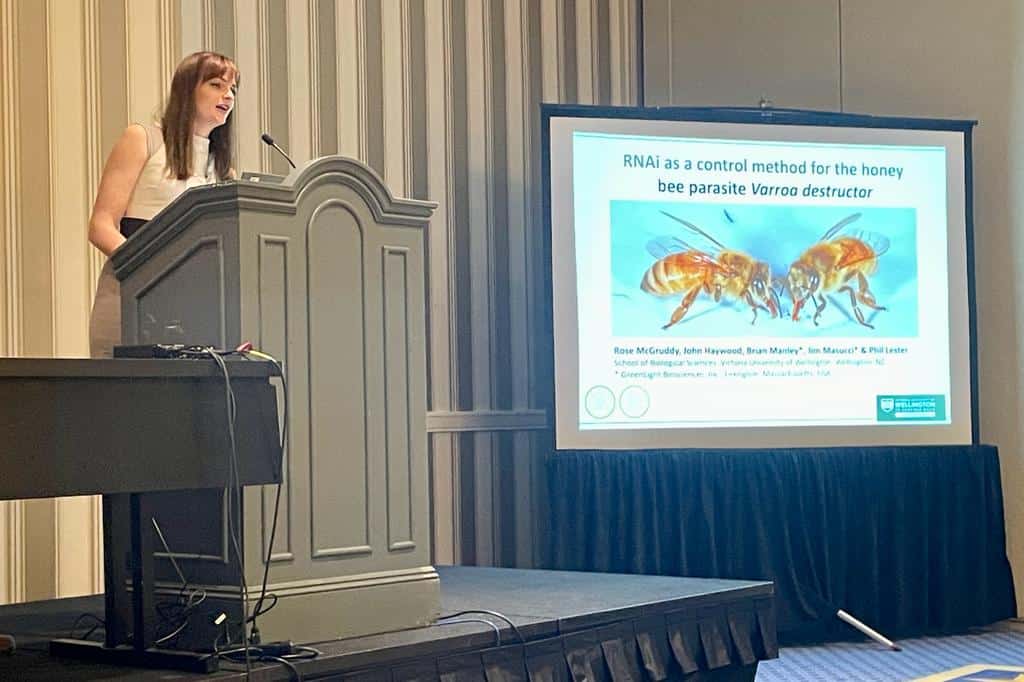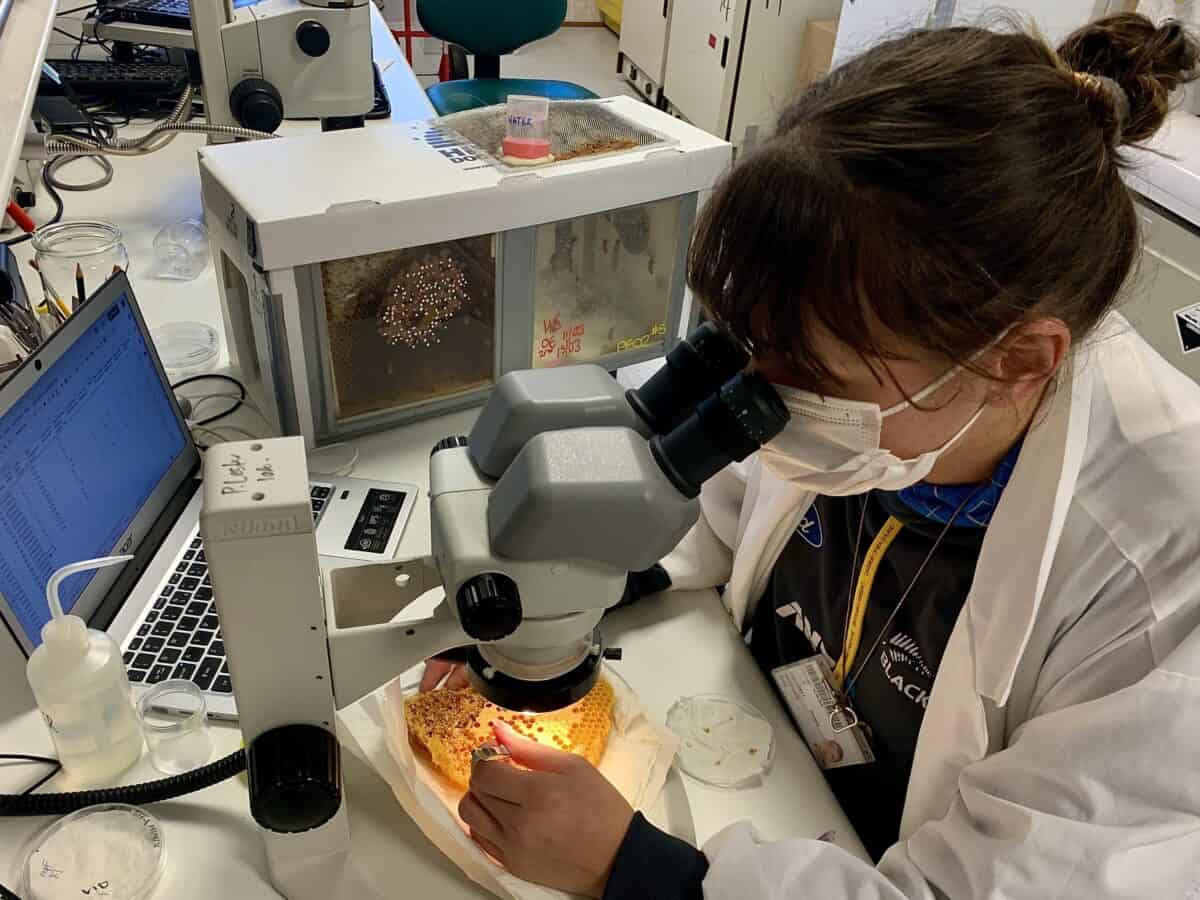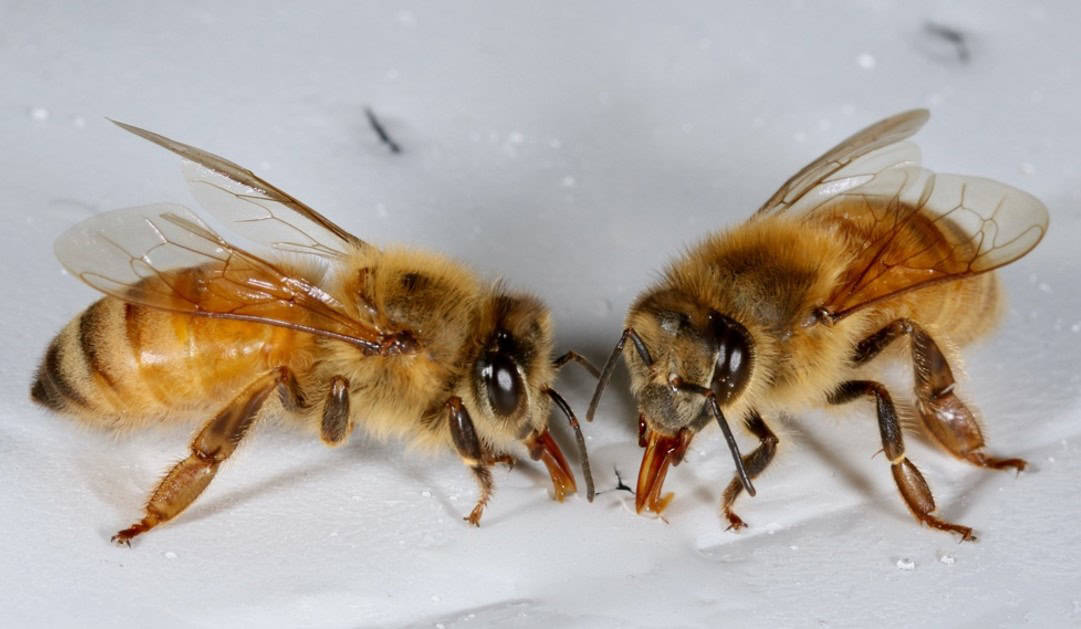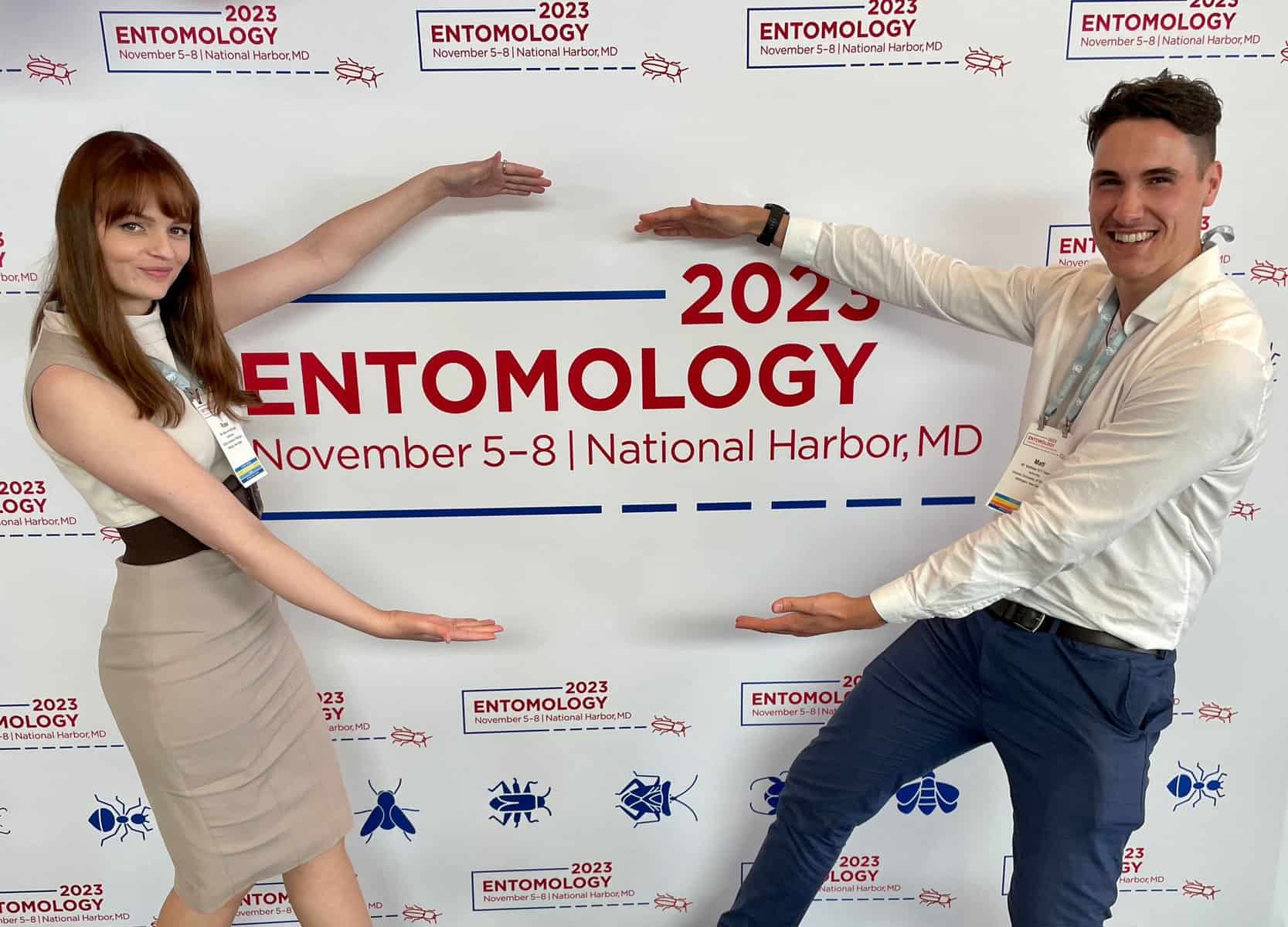Looking to deliver a gripping presentation at your next conference? Te Herenga Waka PhD candidate Rose McGruddy is happy to share her prize-winning approach . . .
“I try to make my presentations as easy to digest as possible,” says Rose. “I avoid jargon. I use a lot of pictures. I keep in mind that not everyone has the background knowledge that I have.”
A little light-heartedness never goes astray, Rose notes, and helps keep the audience happy and engaged.
“I like to make fun of myself. In Washington, I made a couple of little jokes about New Zealand. I’ve also been known to take aim at my supervisor on occasion!” she adds, laughing.
Rose’s supervisor, Phil Lester (Te Herenga Waka professor of Ecology and Entomology and BioHeritage co-lead of Novel Tools & Strategies – Invertebrates) can’t mind the gentle ribbing. In fact, he is quick to praise Rose’s approach in Washington.
“Thousands of people attended the conference,” says Phil. “Rose had stiff competition and did exceptionally well to win the prize.”

“Her success is both a testament to the delivery of her presentation as well as the quality of her science,” he says.
Rose’s research is noteworthy for anyone with a vested interest in honey bee conservation. That is to say, everyone, everywhere.

“My PhD research is centered on assessing the efficacy of RNA interference (RNAi) as a next-generation control for a honey bee parasite, a mite called Varroa destructor, in New Zealand,” says Rose.
In bee hives, varroa mite infestations weaken bees and can cause total colony collapse.
Rose likens the varroa parasitisation to a psychological horror, in which the mite suctions on to the body of a bee, feeding on its host’s bodily fluids. The blood-sucking mite (or mites) weakens the bee and can also spread debilitating pathogens, like deformed wing virus, throughout the hives. Notably, varroa mites will feed on multiple life stages of the honey bee – from larva to adult.
Varroa mites have historically been treated using chemicals. However, they are building resistance to chemical treatments.
“As Varroa destructor develops resistance, current treatments are beginning to fail,” says Rose. “With rigorous testing requirements for new pesticides, it can take a lot longer to find new ones that are considered safe. We can’t get new treatments out quick enough. We need another mode of action.”
This is why RNAi is a great option. It is nontoxic, it is targeted, and it will take the mites a lot longer to develop resistance.
“If this technology does prove effective, we can help honey bee colonies survive and thrive,” says Rose. “With growing human populations, it is increasingly important to make sure that we take care of our pollinators so we have food!”
At the Entomological Society of America conference, Rose attended other seminars on RNAi, where she listened to representatives and researchers from various companies discussing its potential use as a biopesticide.
“It was very exciting to see how far the research has progressed and how gene silencing can be used to effectively control crop pests,” she says.

Rose says the conference was an amazing opportunity to present her research and meet people in the industry from around the world.
“I want to thank Ngā Pī Ka Rere again for giving me this once-in-a-lifetime opportunity,” says Rose. “I learnt so much and it was a real privilege to show what New Zealand research is capable of on the world stage.”
Rose’s research is available in this very recent paper in the journal Pest Management Science. To find out more about RNAi research, visit this webpage.
Kerry Donovan Brown
